Over several weeks in December of 1863, the following advertisement ran in the New York Times: “THE SENSATION OF THE DAY IS THE GREAT NATIONAL PAINTING!! OF WASHINGTON IRVING AND HIS LITERARY FRIENDS AT SUNNYSIDE BY F.O.C. DARLEY AND C. SCHUPELLE [sic] NOW ATTRACTING the attention of lovers of Art and Literature. ON EXHIBITION DAY AND EVENING, at the Derby Galleries, No. 625 Broadway.”
The single painting on view featured Irving in his Hudson River home with fifteen literary friends, including Longfellow, Cooper, Hawthorne, and others. An image of the painting, now at the National Portrait Gallery in Washington D.C., along with complete identification of the sitters can be found at: http://galleries.fototagger.com/link.php?action=detailimage&id=512&sort=0
The painting came quickly after Schussele’s 1862 success with Men of Progress, a similar painting representing nineteen distinguished American inventors. In fact, one 1863 reviewer begins by mentioning the lack of novelty in the design of such works. It was a common format to draw together prominent men, particularly in a time of war, when groups of generals and politicians were often seen in contemporary illustrated newspapers and journals.
However, the Washington Irving painting and engraving found tremendous success with the public. A small booklet was prepared and sold at the gallery describing the making of the two works, along with biographical sketches of each of the sitters.
According to the booklet and the press, the making of the engraving was a long and elaborate process. The original sketch or design was created by Felix Darley, who has a long history with Irving’s work and with the writer personally. To help with this drawing, Mathew Brady was hired to photograph the individual sitters. Some of these photographs can be seen today at the Library of Congress Prints and Photographs division. According to the Times, another final photograph was taken of the whole design, which is the source the engraver, Thomas Barlow, worked from over a period of three years. In a separate studio, Schussele rendered the work in oil.
The edition had four separate grades and prices. Artist’s proofs sold for $50, proofs before the lettering were $30, India proofs sold for $15, and the final prints for $10. The booklet was an extra 15 cents, which also gave you free admission during the exhibition of the painting. The introductory text of the booklet is so appealing that I include it in full. If you would like to read it, continue below.
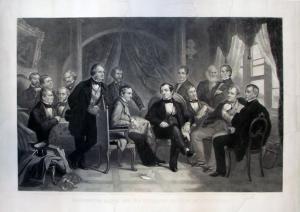

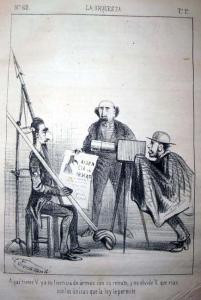

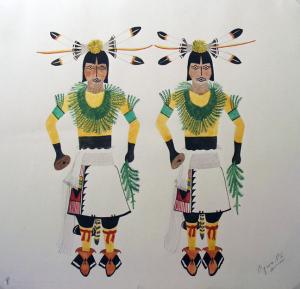
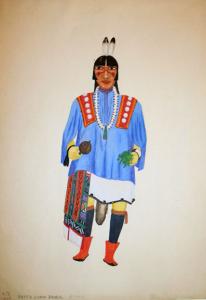
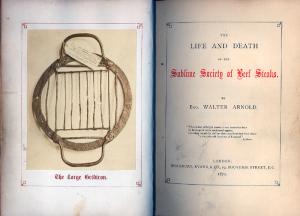
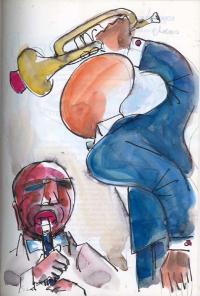
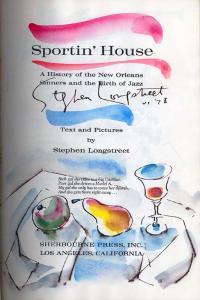
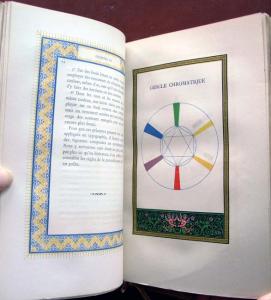
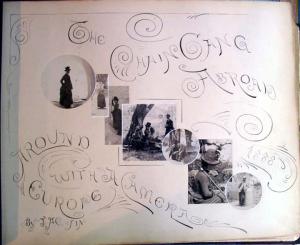

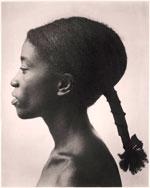

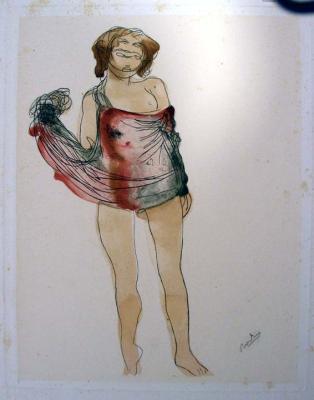
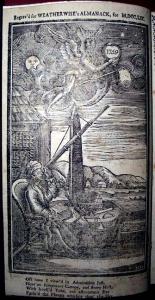
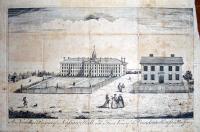
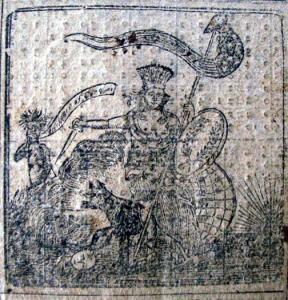
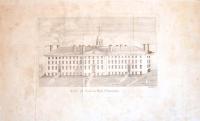
Recent Comments